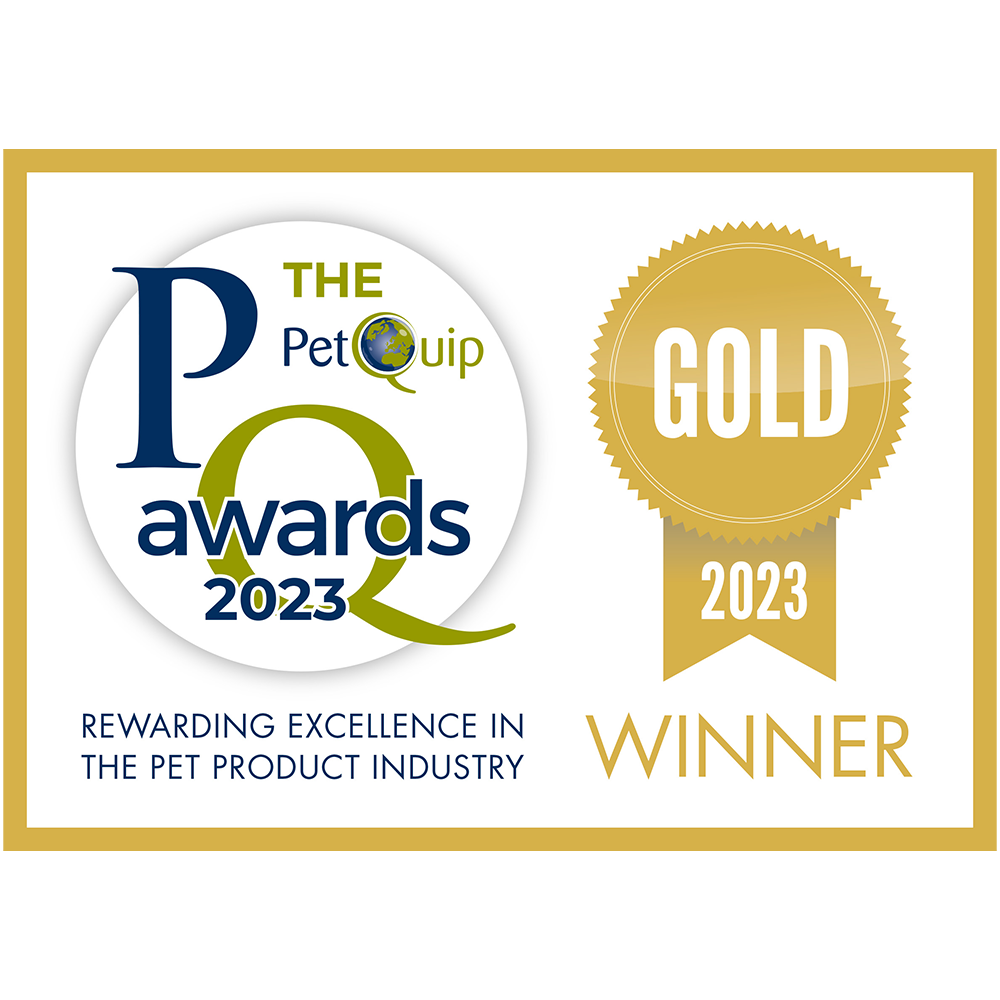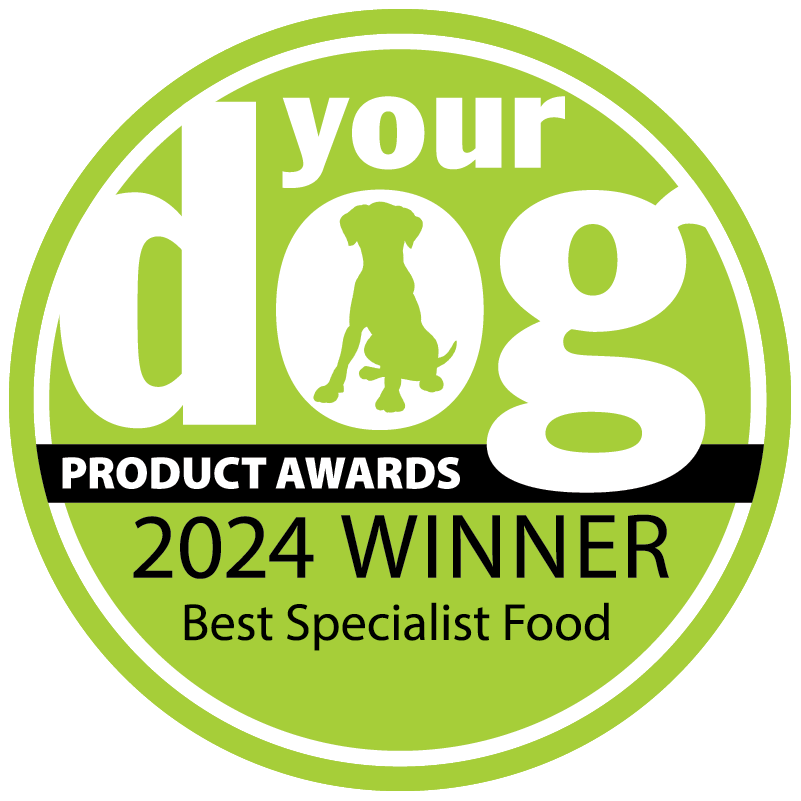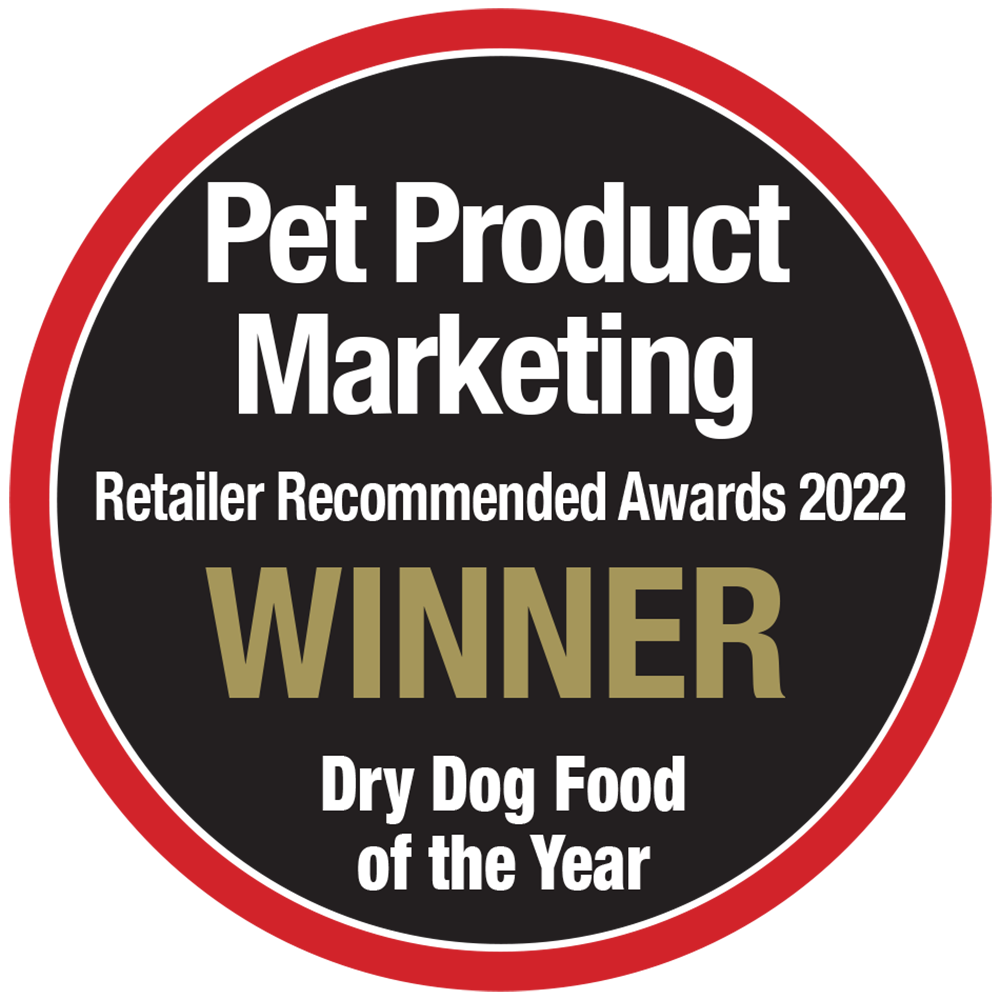
Many pets are affected by conditions which owners simply don’t realise are health problems.
“It’s just a habit”
“That’s normal for the breed”
“That’s what dogs do”
“She’s just old”
Sound familiar?
I have drawn up a list of some of the most common conditions. You will find more in my Veterinary Health & Nutrition Handbook.
Before we begin, let’s refer to the dictionary definition of holistic health:
“Holistic health is a form of medicine which considers the individual as a whole, physically and psychologically, rather than just the diseased part.” Chambers Dictionary.
Holistic Nutrition benefits the entire system. All of these undesirable traits, bad habits or whatever you wish to call them, are different manifestations of an unhealthy system, both physical and mental. The body is perfectly capable of making its own adjustments to maximise its own health potential.
Correct lifestyle choices, of which nutrition is the most important, allow the system to make changes.
Let’s look at each characteristic in turn.
#1 Moulting
Many dogs moult continuously and owners assume that this is normal- something to live with, caused by central heating and so on. Part of the vacuum cleaner industry is devoted to developing products specifically to deal with the problem.
When I ask pet owners if they have any problems with their pets they often say “No” but when I ask the specific question they admit that the dog moults profusely.
An annual moult is normal; that’s how the system cleanses itself in preparation for spring. When it happens continuously, it means that the system is overloaded with waste matter usually caused by malnutrition.
#2 Tear Staining
Most commonly seen in small breeds, this is not simply a cosmetic issue, nor is it caused by narrow or blocked tear ducts.
Two experiences spring to mind here
#3 Drooling
We are all familiar with large breeds trailing great strings of thick saliva, some even wear a bib! A shake of the head and suddenly we’re too familiar with it as we wipe our clothes clean. It may be common in large breeds but it’s not inevitable. Once again it’s caused by toxic build up. The anecdote is high-quality food fed sparingly. Given this, it should clear up.
#4 Full Anal Glands
Commonly thought to be caused by a lack of bulky stools but not so. The anal glands are acting as an auxiliary waste storage and disposal system.
#5 Bad Breath and Body Odour
This point to signs of general ill-health and possibly secondary bacterial overgrowth in gut and skin.
#6 Dry, Scaly Skin and a Greasy Coat
Not caused by a lack of oil (or anything) in the diet, but both characteristics are actually signs of excess waste which is being discharged.
All of the characteristics listed so far are tell-tale signs that the body is trying to purge excess waste matter from the system.
The next two are slightly different in that they are also discharges, but they are caused, not so much by discharge of waste but rather a discharge of energy. Energy comes from food so the cause is overeating, especially high-energy, dense foods- usually meat or refined carbohydrate. Remember that fat contains three times as much energy as protein and carbohydrate.
#7 Chewing or Licking Feet
This is not “just a habit.” This occurs because the feet are itching. In Traditional Medicine this would be interpreted as discharge via the Acupuncture meridians. This is similar to children biting and chewing the fingernails and nail beds, but with them it is more likely to be caused by eating lots of sugar.
#8 Barking and Yapping
This is caused by an imbalance between the amount of energy going into the system from food of course, especially fat and protein, and the amount of energy the system burns during normal metabolism and exercise. A lower energy intake combined with increased exercise can restore a balance and the dog will become calmer.
#9 Poo Eating
The jury is out on this “irritating characteristic”. Is poo-eating just a bad habit as some believe or is it a deficiency? Is the dog hungry? Yet another theory is that there are undigested nutrients in the poo which attracts the dog. Does poo eating have a physical or a psychological origin?
As I mentioned earlier, in Holistic Medicine the physical and the mental are interconnected anyway. Likewise, in Traditional Medicine where there is a particular affinity between brain and intestine. The condition is definitely responsive to diet, not just type of food but also to the quantity given each day. On more than one occasion I’ve experienced my own two dogs suddenly show interest in poo but this ceased pretty quickly when I reduced the amount of Burns food.
This Holistic or natural way of health is described in detail in my Veterinary Health & Nutrition guide. It only takes 20 minutes to read but it took me 20 years to gather the information.
For further information on banishing these ahem, ‘characteristics’, I invite you to call my expert team of nutritionists on Freephone number 0800 083 66 96. They can provide bespoke and tailored free advice as well as literature and Burns food samples.







